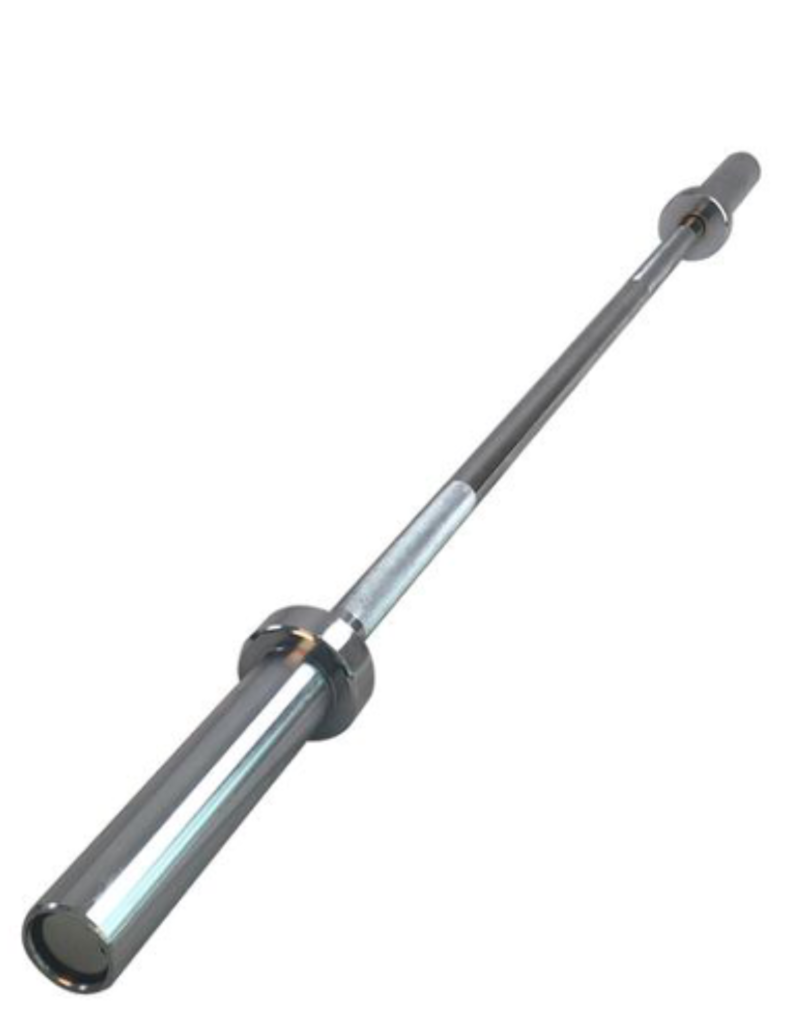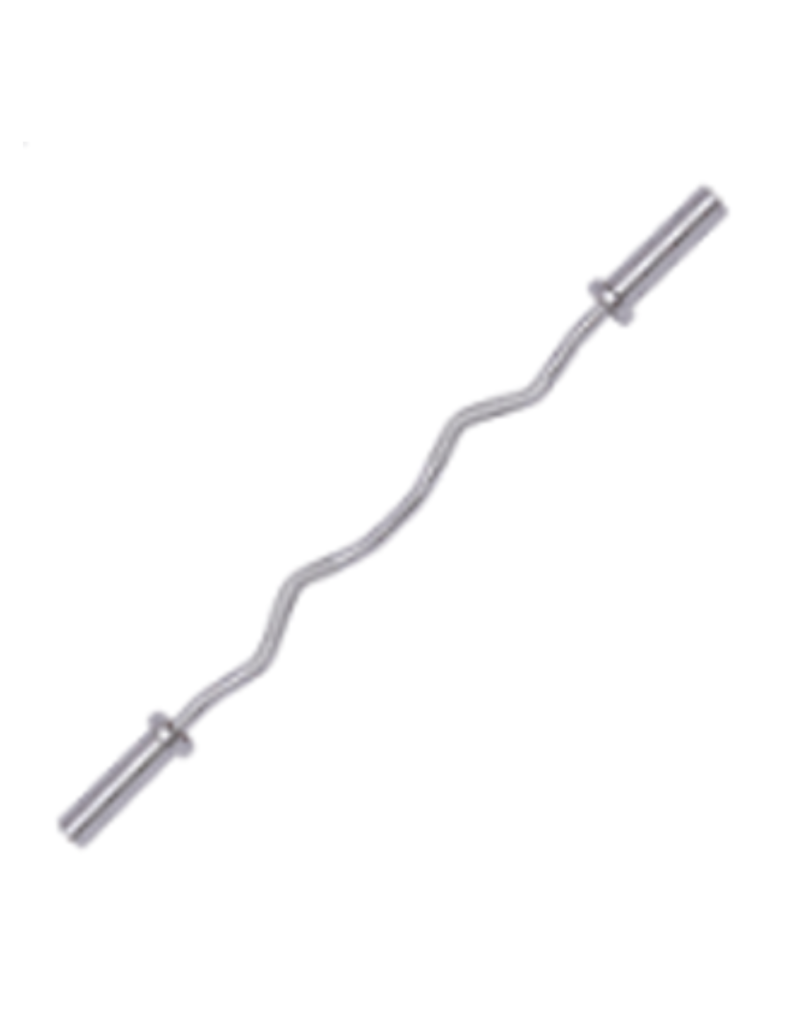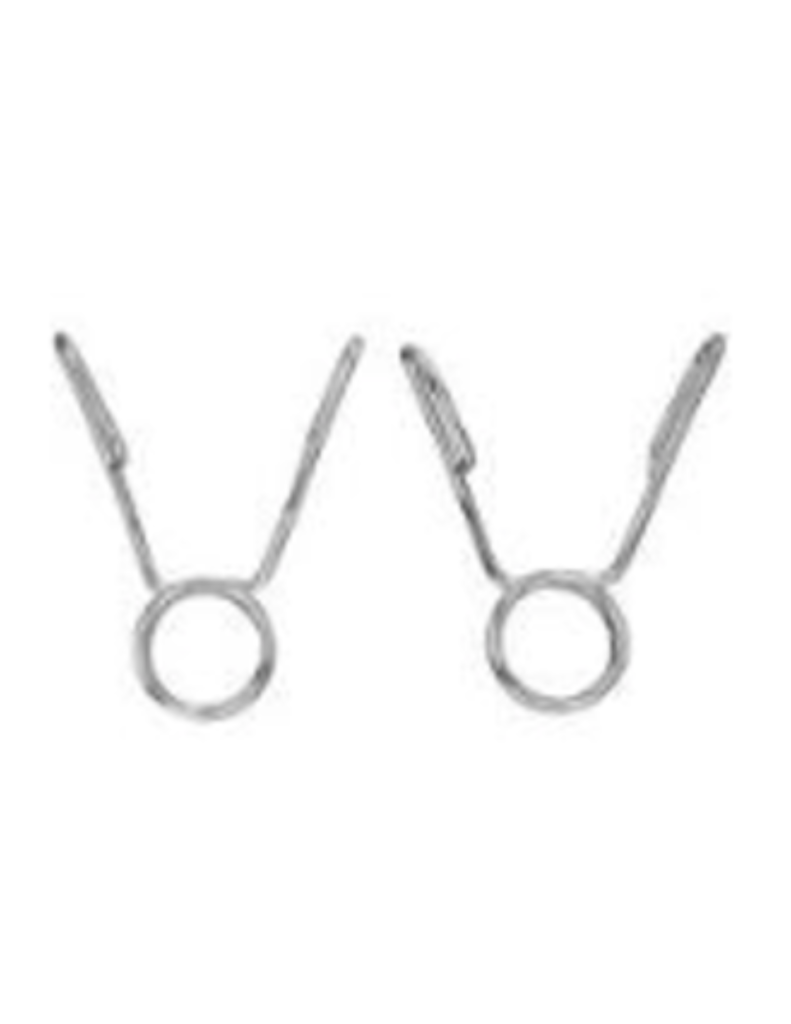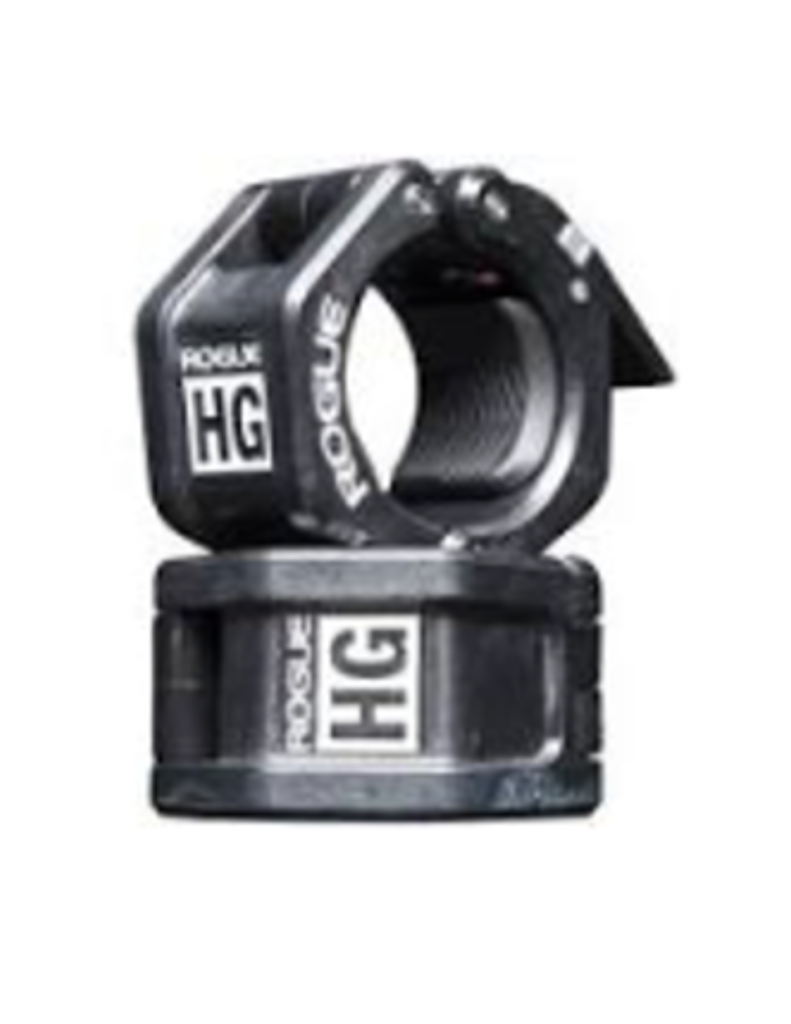REPETITIONS (REPS):
A number of times you’ll repeat an exercise at once for a given SET.
SET:
A number of times you’ll repeat the designated repetitions of an exercise with rest intervals in between.
REPS & SETS:
Most often you’ll see an exercise prescribed as SETS X REPETITIONS (3 SETS X 10 REPETITIONS).
SUPERSET:
Two exercises paired together done one after another with little to no rest.
CIRCUIT:
Three or more exercises paired together done one after another with little to no rest, with a rest period at the end of the set.
EMOM:
Every Minute On the Minute – Starting on the go with a timer, you’ll perform the designated sets & reps of either a single exercise or group of exercises then rest the remainder of the minute. Repeat at the top of the next minute. Repeat for a designated amount of time.
MET CON:
Metabolic Conditioning – a form of strength-based cardiovascular training.
PR / PB:
Personal Record / Personal Best
AMRAP:
As Many Reps/Rounds As Possible (Usually for a given time or as a set)
Rep Max (RM):
The maximum amount of weight you can lift for a designated number of reps. Can be used to calculate weight for other rep schemes. Example: 70-80% OF 3 RM FOR AMRAP
MAX HEART RATE (HR):
220-AGE = BEATS PER MINUTE (BPM). This number is used for calculating heart rate targets based on percentages to find a healthy range for your heart to be working)
HIIT:
High-Intensity Interval Training – 30 sec-4 mins of work reaching 85-95% of max HR followed by 70-80% of work time of rest/active recovery.
MIC:
Moderate Intensity Cardio – Usually done as steady state or varying intervals similar to HIIT, but at 65-80% of max HR.
LISS:
Low-intensity steady state cardio – 50-60% max HR did without any “rest” interval.
OLYMPIC BARBELL (BB):
Single straight bar with the ability to load weight plates on either side onto a 2” diameter section. A nonolympic bar may be smaller or have preset weights on either side.

Conventional bar: 45lbs / 1.5 inches thick / 7 ft long
Women’s bar: 35lbs / 1 inch thick /6 ft long
Junior or Training bar: 15-25lbs / 1.5 inches thick /5 ft long
EZ CURL BAR:
4 ft bar that has curves for easier grip

HEX BAR OR TRAP BAR:
Hexagon-shaped bar is used most often for deadlifting but has various purposes. Can be beneficial for learning a deadlift with the weight to the sides of you, as well as with an elevated grip.

BAR CLIPS:
Holds the weight on the bars to prevent sliding during movement – always push the weight as close & snug to the middle/ other plates as possible.
If your gym is still in the 80s you’ll have something that looks like this…

If they’ve upgraded and invested the extra $10 it costs to save you a lifetime of hassle they’ll have these…

RANGE OF MOTION (ROM):
The degree of movement throughout a given exercise, or available to a joint.
CHALK:
Literally, dusted chalk is used to help grip.
SPOT / SPOTTER:
Having someone watch/support the lift in case you reach a point of failure.
COMPOUND EXERCISE:
Exercise involving 3 or more joints & full body muscles to perform [Squat, Bench Press, Deadlift]
ISOLATION/ACCESSORY WORK:
Exercise involving 2 joints & working a single/small group of muscles. [Bicep curls, Leg Extensions]
ISOMETRIC:
Muscle contraction without any change in muscle length (no movement).
CONCENTRIC:
Shortening phase of a muscle contraction. [Standing up out of a squat, pressing out of a bench press]
ECCENTRIC:
Lengthening phase of a muscle contraction. [Sitting down in a squat, lowering the weight in a deadlift]
PERIODIZATION:
A planned long-term cycle of training that is built around your goals, whether that be a competition of some kind or just life.
DELOAD:
An intentional lowering of load & intensity over a short period of time to fully recover.
TIME UNDER TENSION:
The amount of time a muscle is under mechanical tension with the load.
PROGRESSIVE OVERLOAD:
The slight but gradual increase of stress on the body in a way that the body can adapt to the demands placed on it.
WORKING SETS:
You’ve reached your goal weight for a lift or goal RPE/RIR for the designated set so you’re counting it as a sufficient working effort. Warm-up/ramp-up sets don’t count as one of your sets in a 3×10 – if you did 2 warm-up sets and counted them as part of your 3, you’d only get one hard-working set in.
UNILATERAL:
Exercise has done on a single side, upper or lower. Example: single-arm bicep curl.
IPSILATERAL:
Exercise has been done on the same side as the stabilization but still single arm/leg. Example: right side single arm bicep curl did while standing on the right leg.
CONTRALATERAL:
Exercise has been done as a single, but occurring on the opposite side of the stabilization. Example: right side single arm bicep curl did while standing on the left leg.
BILATERAL:
Both sides of the body. Ex: 2-arm bicep curl

Women’s Functional Nutritionist & Fitness Specialist along with CEO of Elysian Women’s Wellness.
God, family, fitness – in that order. Fitness isn’t my job, it’s my passion. My favorite things include traveling the world, being a mama and making a difference.
14 years of experience in the wellness industry has brought me to an understanding that when you’re ready – you’ll do it. So when you are, we’re here to keep you simply well.
The last “program” you’ll ever buy. Your individualized training & nutrition plan that teaches the why & how to create lasting changes with me by your side every step of the way!

Error: No feed found.
Please go to the Instagram Feed settings page to create a feed.
Level 0, 1, 2 & 3: Level Up your workouts with beginner to advanced plans designed with a focus lift each month, progressive overload, instructional videos & all inclusive training & nutrition guides.
Copyright ©2025. Gamechanger
A BRANDT CREATIVE CO. TEMPLATE. Trusted by Wimgo.